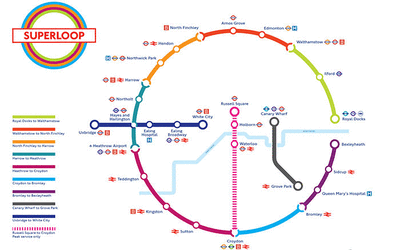Improving buses
We're making bus journeys brighter
We're always working to make your journeys better. That's why we're constantly improving our bus network so we can offer access to more reliable, greener journeys.
The benefits of buses in London
Our summary of evidence highlights the importance of buses and the range of social, health, economic and environmental benefits they create for London and Londoners. This can be used by borough officers and others interested in making the case for bus investment and helping to deliver the Bus action plan.
Superloop
We're developing the Superloop - a network of express bus routes, circling the entire capital, to connect key outer London town centres, stations and transport hubs. This will offer even more alternatives to private cars and maximise the benefits of expanding the ULEZ.
The Mayor provided £6m funding as an initial catalyst for improvements to outer London orbital bus services.
Read more about Superloop.
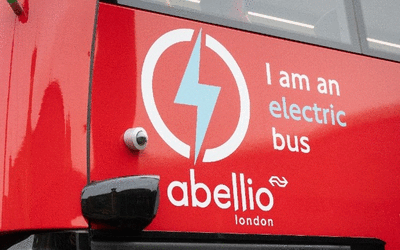
Cleaner, greener buses
TfL buses now meet ULEZ emissions standards across the entire city
Our fleet of around 9000 buses operating across London now meet or exceed Euro VI emission standards, the same emissions standard as the Ultra Low Emission Zone. Euro VI is the latest emission standard for vehicles, reducing emissions of nitrogen oxide by up to 90%.
The fleet is made up of low- and zero-emission (at the tailpipe) buses, including electric, hydrogen, diesel and hybrid buses, all of which all meet Euro VI emission standards.
Zero-emission buses
London has the largest zero-emission bus fleet in western Europe. More than 1,900 zero-emission buses operate across the capital, around 21% of our entire fleet. This means 1 in 5 buses in London is using zero-emission technology.
The zero-emission fleet is made up of hydrogen, battery electric and opportunity charged buses which are topped up using a pantograph multiple times a day.
These buses meet the industry-leading bus safety standard and contribute to improving air quality. Enhancements that improve the experience for customers include lower vibrations for a quieter, smoother ride, along with improved flooring, seating, lighting and customer information displays.
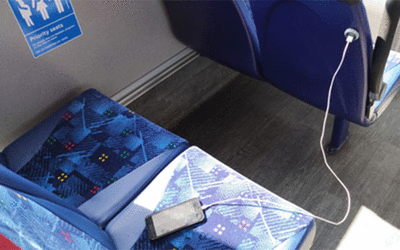
Opportunity charged buses
An innovative opportunity charging trial has been running since November 2024 on one of London's longest bus routes, between Crystal Palace and Orpington. The trial is testing cutting-edge pantograph technology, which enables fast, high-powered charging of electric buses at both ends of the 15-mile route.
This approach allows buses to recharge in as little as 6 minutes which means drivers do not need to return to garages during the day to recharge. Fewer buses are required to operate the service, freeing up resources that can be reinvested in other parts of the network - all while supporting cleaner, greener travel.
As well as being zero-emission, these new buses are also designed with Vision Zero in mind. Safety features include:
- Speed limiting technology
- Audible warnings to alert pedestrians and other road users
- Camera monitoring systems to enhance driver visibility in place of traditional mirrors
Passenger experience is also a key focus, with improvements including:
- Interior lighting that adjusts colour based on temperature
- USB charging points
- A tram-like, low floor design and large windows to create a brighter, more spacious feel
This trial is helping us explore how innovative technology can support the future of sustainable, safe, and customer-friendly bus travel in London.
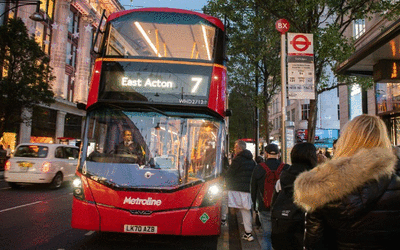
Hydrogen buses
We have 20 hydrogen fuel cell double-deck buses in the fleet and a hydrogen refuelling station at Perivale bus garage.
Hydrogen buses help to reduce TfL's carbon footprint and harmful emissions overall. The only by-product from the fuel cell they use is water from the chemical reaction of hydrogen with oxygen from the air, a process that produces electricity to power the bus.
The buses and infrastructure have been supported through contributions from:
- JIVE (Joint Initiative for hydrogen vehicles across Europe)
- MEHRLIN (Models for Economic Hydrogen Refuelling Infrastructure) projects, funded by the Clean Hydrogen JU
- CINEA (The European Climate, Infrastructure and Environment Executive Agency)

Route 63
Buses introduced on the north-south route 63 have innovative features and cutting-edge design aimed at making them an even more attractive, green alternative to the car.
The new route 63 buses feature:
- USB chargers and mobile phone holders in the seats
- A more open feel, with a skylight on the upper deck, larger rear window, and handles on the backs of seats rather than vertical poles for an unobstructed view
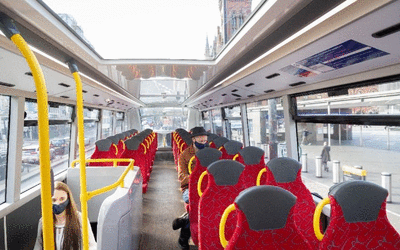
- High back seats to make journeys more comfortable and a wood-effect floor
- New covers for the priority seats, with a contrasting colour scheme to help differentiate them from other seats for passengers who are less able to stand
- A larger wheelchair and buggy area
- Upgraded CCTV cameras to provide higher-definition footage
- New digital signs on board the buses share a wider range of live information, including the time to the next stop, disruptions and service updates for Tube and Overground services
Improving information at bus stops
The route already has next bus information at most bus shelters - new live information screens are now being trialled at many bus stops. This follows upgrades to many of the shelters along the route in 2021.
New Kent Road bus lane
Adding to the appeal of the state-of-the-art vehicles, a bus lane added to New Kent Road is already making journeys faster and more reliable. The route is already high frequency, with a bus every 5-8 minutes in the morning peak.
Jobs and skills
These buses were built by ADL, the country's largest bus and coach manufacturer, in Scarborough. ADL employs 2,000 people in skilled jobs and also supports a successful apprenticeship scheme. Other London buses are produced around the UK in places such as Ballymena and Falkirk, showing that investment in the capital's transport network helps level up the whole country.
Improving bus routes
We're making a number of changes along our bus routes to improve the experience for customers. These include:
- More convenient routes to key amenities such as shopping centres and hospitals
- Quicker journeys on selected routes by giving buses priority on the roads, meaning buses get ahead of traffic
- Increased space on buses by introducing double-deck buses on certain routes
- Extra buses during busy times such as morning and evening peak, school runs and Saturday and Sunday shopping times
We consult customers on changes to bus routes. See our consultations website, Have Your Say.
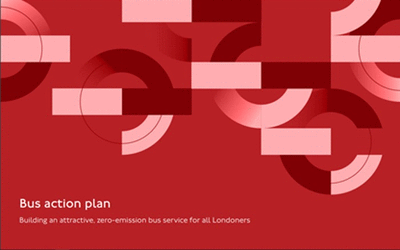
Bus action plan
To support the Mayor's Transport Strategy, we published our long term Bus action plan in March 2022. The aim is to attract more customers to the bus network and help the capital become net zero by 2030.
Buses are already the most used form of public transport in London - our plan will create an even more attractive alternative to car use by focusing on five areas:
- An inclusive customer experience: a modern, relevant bus network that allows for spontaneous, independent travel, including improved customer information and bus station refurbishment, with actions including upgrading more existing bus stops to meet the wheelchair accessible standard
- Safety and security: a safe, secure bus network, with no one killed on or by a bus by 2030, and with all elements of the Bus Safety Standard implemented by 2024. Also ensuring all customers and staff feel confident on the bus network travelling day and night, including through improved bus driver training
- Faster journeys: a faster and more efficient bus network, with journeys 10% quicker than in 2015, with initiatives including the aim to introduce 25km of new bus lanes by 2025
- Improved connections: a bus network better suited to longer trips with better interchanges, especially in outer London, and ensuring London residents remain close to a bus stop
- Decarbonisation and climate resilience: a zero-emission bus fleet to tackle climate change and improve air quality, working with operators, boroughs and suppliers to reduce the cost and difficulty of infrastructure upgrades needed to enable the transition of the bus fleet. Plus safeguarding the network from extreme weather conditions
Bus priority programme
We're investing in enhancements across London's bus network to keep it efficient and reliable. The types of measures we're taking to achieve this are detailed in our Bus priority design guidance.
By reducing journey times on key strategic routes we're making sure we provide the best quality of service to our customers. Find out more on the 25 x 25 bus programme page.
We aim to:
- Add more continuous bus lanes - these cross junctions with bus lanes on either side and enforced yellow box junctions
- Improve existing bus lanes to make sure they are wide enough for bus passengers and cyclists
- Increase operational hours of bus lanes to cover peak periods, making them 24/7 where possible. This is supported by increased enforcement, reviewing kerbside activity and further encouraging bus drivers to report infringements
- Upgrade traffic signals to prioritise buses, including bus-only movements

